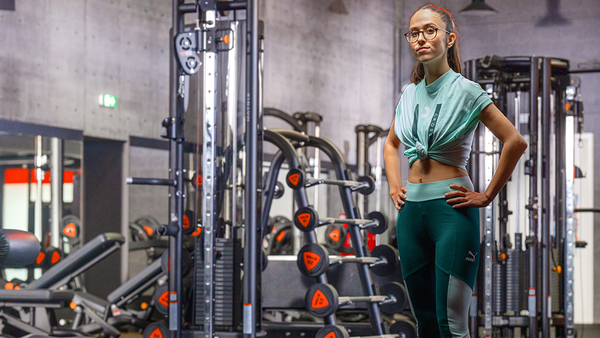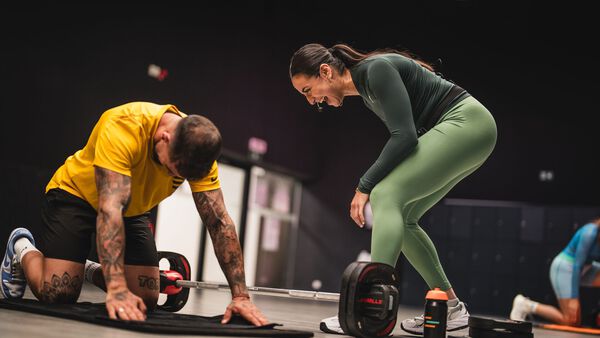The pain and stiffness appears as a defence mechanism when we push our muscles to a limit we haven’t prepared for. It can appear during training, a few hours later, or even a day or two later.
If muscle pain occurs during exercise, it means that the overload we are exposing on our muscles is so great that they cannot metabolise lactic acid in time. It’s the accumulation of this acid that’s causing the pain. When soreness appears after training, it’s usually because the muscle has been slightly damaged due to overuse, which produces an inflammatory reaction accompanied by pain.
While the stiffness lasts, the affected muscles can lose up to 50% of the strength they had under normal conditions. During this period, intense pain appears when we move or overstrain these muscles, that calm down when we keep them at rest. The best thing to do when we experience stiffness, is the following:
Drinking water
Drinking more than two liters of water a day helps eliminate waste products from the muscles and compensate for the excess acids that are causing us muscle pain.
Healthy diet and food supplements
It’s highly recommended to consume foods rich in Omega 3, such as oily fish, vegetable oils, walnuts or flax seeds, since they are natural anti-inflammatories and help soreness disappear more quickly. Magnesium relaxes muscles, so it’s advisable to take it before going to sleep to promote quality sleep that will help muscle recovery. Our sports nutrition partner, NXT Level, has nutritional supplements to help you recover as quickly as possible. Basic-Fit members can enjoy a 10% discount if they make their purchase through our app.
Protein
Eating protein after training can also speed up muscle recovery. The recommended amount is about 20-25 extra grams of cheese, nuts, meat or any other food rich in protein. You can also opt for a protein shake. It’s the most effective when you take protein within 2 hours after training.
Can I exercise despite stiffness?
In this case, there is no one-size-fits-all answer. In most cases, it’s good to do light exercises to stimulate blood supply to the affected muscles so that they gradually recover their capacities. If, for example, you have sore biceps from doing weight training, it’s advisable to start doing the exercise without weight, or with the minimum possible weight. If the pain is mild, you can do a few repetitions, but very carefully, so as not to force yourself. If the pain is intense, it means that your muscle is not ready yet and it’s best to rest it, since in this case, you will not get any benefit and you can cause a more serious injury.
This blog is written by one of our Personal Trainers, Joyce Mohringer.


.jpg?sw=968)


